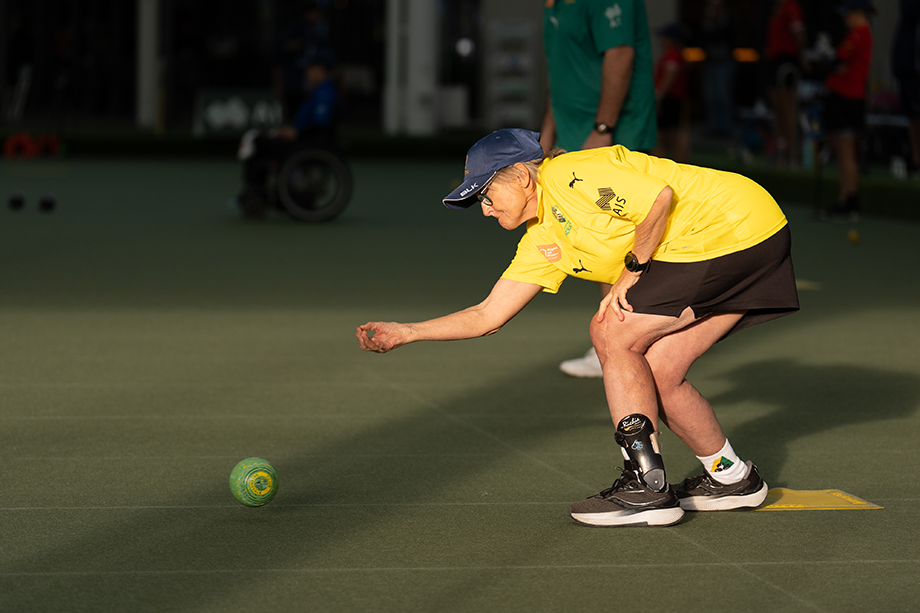The answer isn’t always an ad. We created a font to help diagnose Parkinson’s

A creative, including Hollie Spooner, took the D&AD New Blood award with an impactful campaign that shows rather than tells. Here, Hollie explains how a Parkinson’s diagnosis brief found new life.
August 28, 2025


















